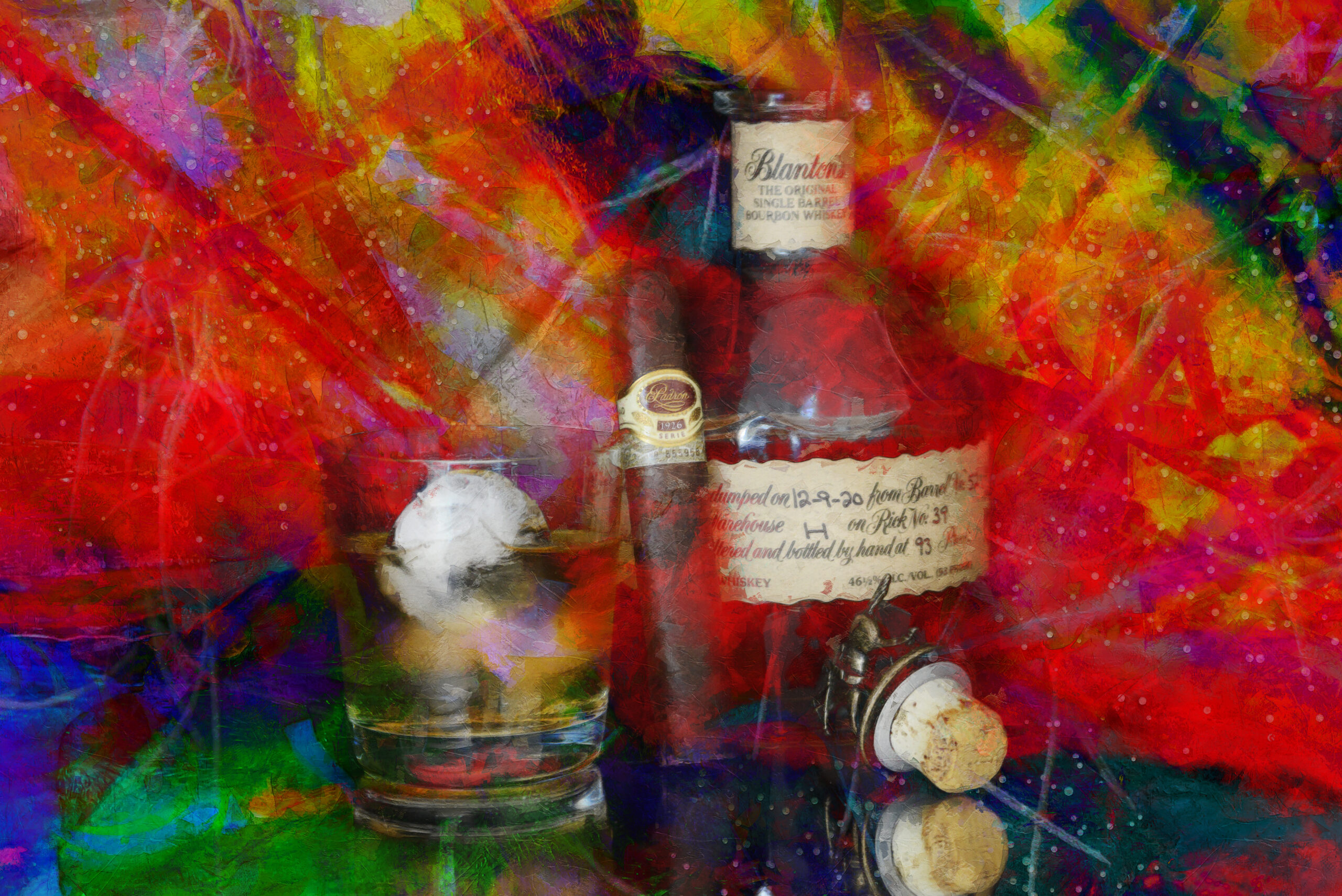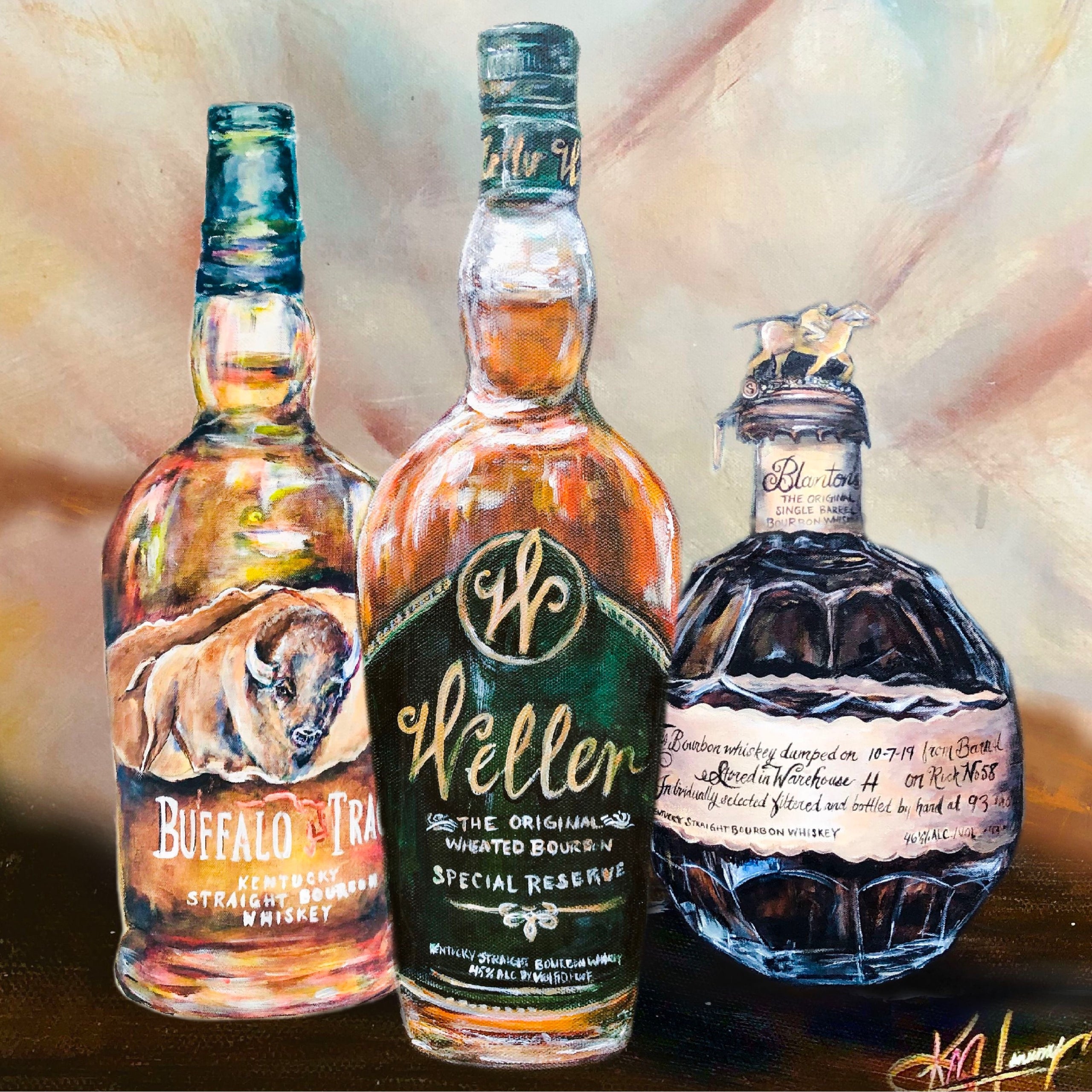The Allure of Realism Art: A Deep Dive into Whiskey's Rich Heritage
Capturing the Essence of Scotch Art Through Unique Aesthetic Depictions and Designs
The art of scotch extends past the fluid itself, materializing with a selection of aesthetic representations that encapsulate its fabled heritage and workmanship. What stays to be uncovered is just how these progressing styles mirror not just the whiskey itself yet additionally the altering landscape of artistic analysis. Whiskey Art.
The History of Scotch Art

As scotch manufacturing spread, so also did the wish to elevate its experience with art. From the elaborate inscriptions on early barrels to the sophisticated labels of modern-day bottles, each aspect shows an unique artistic vision, functioning as an aesthetic story of the bourbon's heritage.
In the 19th and 18th centuries, the rise of the industrial change even more boosted bourbon art, causing innovative packaging and advertising and marketing that caught customer attention. Designers and musicians began explore aesthetic appeals, imbuing whiskey-related images with symbolic meanings that communicated ideas of craftsmanship, area, and tradition.
Today, whiskey art remains to advance, mixing conventional techniques with contemporary art types. Realism Art. This recurring dialogue between the spirit and its visual representation highlights the enduring bond between scotch and culture, enhancing the general experience for lovers worldwide
Iconic Bottle Styles
While lots of aspects add to the appeal of scotch, famous container styles play an essential function in shaping consumer perception and enhancing the general experience. The visual presentation of scotch bottles is not merely a visual factor to consider; it works as a bridge in between the item and the customer, stimulating feelings and setting expectations.
Distinctive forms, products, and closures can raise a scotch brand name's identity, making it quickly identifiable on crowded racks. For example, the traditional Glenfiddich bottle, with its elegant conical silhouette, conveys a feeling of custom and craftsmanship, while the vibrant, contemporary design of the Balvenie container shows innovation and refinement. In addition, the use of tinted glass or distinct appearances can suggest the top quality and character of the bourbon within.
Famous designs commonly incorporate aspects of social heritage, symbolizing the brand name's background and connection to its origins. Brand Names like Jack Daniel's make use of a straightforward, robust style that reverberates with its American whiskey heritage. Eventually, the influence of container design prolongs past plain functionality; it encapsulates the significance of the brand name, inviting consumers to delight and explore in the rich tapestry of scotch culture.
Tag Art Work and Branding
Bottle designs frequently set the phase wherefore consumers can expect, however label artwork and branding play a just as substantial function in communicating a whiskey's identification. The label serves as the initial factor of contact in between the consumer and the item, enveloping the significance of the whiskey within its aesthetic aspects.
Effective tag art work combines color, images, and typography to produce a story that resonates with the brand's heritage and target market. As an example, a tag featuring detailed pictures and classic font styles might evoke anonymous a sense of practice and craftsmanship, interesting lovers. On the other hand, bold colors and modern-day design aspects could attract a younger group seeking advancement and exhilaration.


Digital Photography and Visual Storytelling
Capturing the significance of whiskey via photography and visual narration is an art kind that raises the brand experience. This tool transcends plain product depiction, delving right into the complex narratives that border each bottle. By utilizing compelling images, photographers can stimulate emotions that reverberate with consumers, eventually building a deeper connection to the bourbon brand.
Aesthetic storytelling in bourbon photography usually uses abundant textures, illumination, and make-up to highlight the distinct features of the spirit. The interplay of light and darkness can emphasize the amber colors of bourbon, while the option of history components-- such as rustic barrels or stylish glass check wares-- can enhance the brand's heritage or way of life organizations.
Moreover, catching the ceremonial facets of whiskey consumption, from the pouring to the sampling, welcomes visitors into a sensory experience, enabling them to picture the flavors and scents that await. Each photo not just showcases the his response item yet also narrates of craftsmanship, custom, and the minutes that bourbon can boost - Bourbon Art. Thus, photography ends up being a powerful tool in verbalizing the identification of bourbon brand names, placing them within the more comprehensive social landscape
Arising Fads in Bourbon Art
The evolution of whiskey art is increasingly shaped by modern fads that mirror more comprehensive social changes and consumer preferences. One popular trend is the integration of sustainability into art techniques. Musicians are currently using recycled materials and environment-friendly processes to develop whiskey-themed items, reverberating with eco aware consumers. This shift not just highlights the relevance of sustainability yet likewise improves the narrative bordering scotch production.
In addition, digital art has actually surged in appeal, enabling for innovative depictions of whiskey. Artists are leveraging technology to craft immersive experiences, such as enhanced reality installments that engage viewers and supply a deeper understanding of scotch's social relevance. This trend likewise expands to social networks systems, where visually striking web content garners interest and cultivates neighborhood amongst enthusiasts.
Moreover, collaborations in between whiskey brands and musicians are becoming a lot more typical. These partnerships produce limited-edition product packaging designs and exclusive art work that commemorate both the workmanship of whiskey and the imagination of musicians. As bourbon art remains to develop, these arising fads will unquestionably form its future, cultivating a dynamic intersection of culture, sustainability, and innovation within the scotch area.
Conclusion
Finally, the art of whiskey encompasses a diverse range of visual depictions that show its abundant heritage and workmanship. From famous container styles and detailed tag art work to engaging photography, each aspect contributes to a wider narrative that enhances the consumer's experience. As emerging fads, such as electronic art and sustainability, remain to form this creative landscape, the diverse identity of whiskey remains an enduring resource of social connection and exploration.

In final thought, the art of bourbon includes a diverse array of aesthetic representations that show its abundant heritage and workmanship.